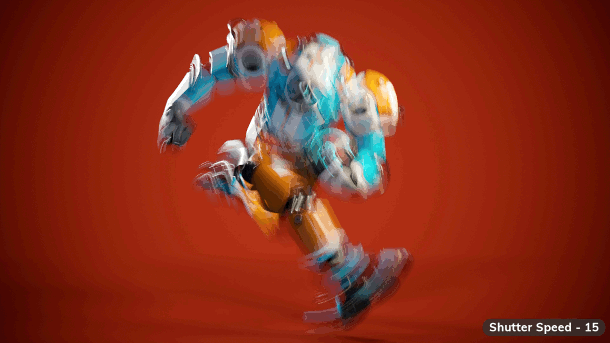Marmoset ships Toolbag 4.04

Originally posted on 12 April 2022. Scroll down for news of the stable release.
Marmoset has released Toolbag 4.04, the latest version of the real-time rendering and look dev software, as a public beta.
The update migrates Toolbag from Nvidia’s OptiX API to DirectX 12’s DXR API, making it possible to use hardware-accelerated ray tracing on AMD as well as Nvidia GPUs.
Other major changes include support for motion blur, physically based depth of field and lens flares, an indirect shadow catcher for bounced light and reflections, better camera grain, and an auto-save system.
The original public beta was released at the end of February, with this week’s Beta 2 update reducing memory use when rendering subdivided meshes.
A real-time look development and rendering toolkit, particularly for games assets and portfolio work
A lightweight system for look dev, compositing and final rendering, Toolbag is widely used by games artists, but is also increasingly being used in other sectors of the industry.
It enables users to visualise imported models quickly, setting up PBR materials and lighting, with last year’s Toolbag 4.0 update adding a new 3D texture painting system.
Users can then either bake texture maps for export to other DCC software or game engines – Toolbag exports directly to Unity, though not Unreal Engine – or render stills or animation directly.
Switch from OptiX to DXR enables hardware-accelerated ray tracing on AMD as well as Nvidia GPUs
One of the biggest changes in Toolbag 4.04 is the migration of the rendering backend from DirectX 11 to 12.
That has enabled Marmoset to switch from Nvidia’s OptiX API to DirectX 12’s DXR API for hardware-accelerated ray tracing, which is now supported on AMD as well as Nvidia GPUs.
The release notes only namecheck AMD’s Radeon RX consumer GPUs, but the firm’s Radeon Pro W6000 Series workstation GPUs also support hardware-accelerated ray tracing.
According to Marmoset, the switch from OptiX to DXR also reduces memory use for users of Nvidia GPUs.
New motion blur system, physically accurate DoF and lens flares
Other rendering changes include a new motion blur system, supported for both still renders and rendered animations. It is available only for final renders, and can not currently be previewed in the viewport.
The update also adds a new physically accurate ray traced depth of field (DoF) effect, with users now able to click in the viewport to set the focus point of a render; and physically based lens flares.
The shadow catcher system, used to help integrate rendered 3D objects into photographic backplates, gets a new indirect shadow catcher for bounced lights and reflections.
Shadow catchers can also now be used with custom 3D meshes.
The camera grain post effect has also been updated, with the option to choose either analogue film or digital grain, and to adjust the coarseness of the effect; and to add random scratches and stains.
New auto-save system and updates to the Toolbag Library
Other changes include a new auto-save system, with users able to set the interval at which auto-saves are generated, and the number and file size of the saves stored at any time.
Toolbag’s accompanying asset library can now be opened in multiple windows simultaneously, and it is possible to multi-select certain asset types, like materials and skies, and drag them into a scene.
Updated 5 May 2022: Toolbag 4.04 has now been officially released.
As well as the features covered above, the update introduces a new Advanced Light Sampling mode, reducing noise in ray traced renders of scenes with many direct lights and low sample counts.
Pricing and availability
Toolbag 4.04 is available for Windows 10 and macOS 10.15+. It is compatible with any Direct3D 12-capable GPU on Windows, and macOS GPU family 2.
New licences cost $299 for individual artists, and $799 for studios. Subscriptions cost $14.99/month for individuals and $39.99/month for studios.
Read an overview of the new features in Toolbag 4.04 on Marmoset’s website
